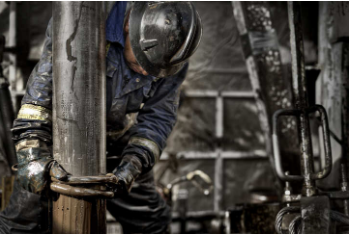Automation and digitalisation initiatives could help the global upstream oil industry save a whopping $100 billion of their budget in the 2020s, according to a new in-depth study that says operators are likely to get help in realising these savings as service companies reinvent themselves.

“There are varying degrees of potential savings within offshore, shale and conventional onshore activity budgets, but in total, around 10 per cent of this spend can be erased through more efficient and productive operations thanks to automation and digitalization,” the study by Norway-based research firm Rystad Energy.
Around 3,000 global upstream companies spent $1 trillion on operational expenditures, wells, facilities and subsea capital expenditures in 2018.
Many key industry players are setting optimistic goals, but the realization of these initiatives largely depends on how freely data is shared amongst companies and how commercial strategies are deployed to drive this development, according to Audun Martinsen, head of oilfield services research at Rystad.
“Because of this, it could be years before we see full adoption. However, based on our analysis of 2018 capital spend and operational budgets, we believe savings could easily reach $100 billion,” Martinsen said.
According to the study, operators globally expect automation and digitalization to reduce drilling costs by 10 per cent to 20 per cent, and facility and subsea costs by 10 per cent to 30 per cent. However, not all field developments or drilling operations have the same capacity to reduce costs.
Global oil companies are rolling out new digital products with major releases by Schlumberger, Baker Hughes and TechnipFMC in the last three months alone. Schlumberger, Chevron and Microsoft last month jointly launched one of the largest digitalisation initiatives so far. The project aims to visualize, interpret and obtain insights from multiple data sources across exploration, development, and production and midstream sectors.